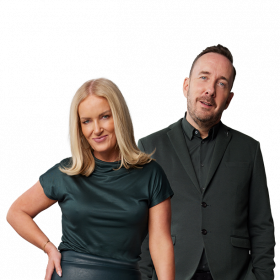The age of ‘fake news’ has been ushered in and with more media sources than ever, research has indicated that children struggle to differentiate between news content and marketing messages.
In a bid to tackle this, a new free resource to help primary schools children learn about the media, advertising and fake news has today been launched by Education Minister Richard Bruton.
The resource called ‘MediaWise’ from safefood is an 8 week programme suitable for primary school children of all ages and has been designed to help children makes sense of the media world around them and the many messages that they are exposed to.
The themes of the programme aim to get children to understand what the media is, what the messages are, who creates content, among other topics.
Fiona Gilligan, Director, Marketing & Communications, safefood commented: “We know from research that children are bombarded with hundreds of media messages every day [...] MediaWise is about helping them evaluate, interpret and critique these to make healthy choices.”
So what exactly should we be telling our kids?
Media & Marketing Consultant and also Youth & Ethics Specialist Sheena Horgan told Newstalk Breakfast the new media literacy resource encourages children to develop "an active and critical relationship with the media".
"The reason why it's needed and why it's seen as a necessary life skill is because we've had huge technological changes and advancements," she said. "That has had an impact on the media landscape of which we are all a part of.
"We have a duty of care to our children to make sure the dominance of this media culture is of benefit to them."
Often, it's assumed that young people can understand the torrent of information they are taking in due to their high levels of digital literacy.
However, Horgan said the programme can and should be taught from Junior Infants up to 6th class, due to increasing smartphone penetration.
"Mobile is just one part, and it's an absolutely critical part," she said. "These are developing minds [...] Technology has evolved at such a rapid pace, we're all playing catch-up."









